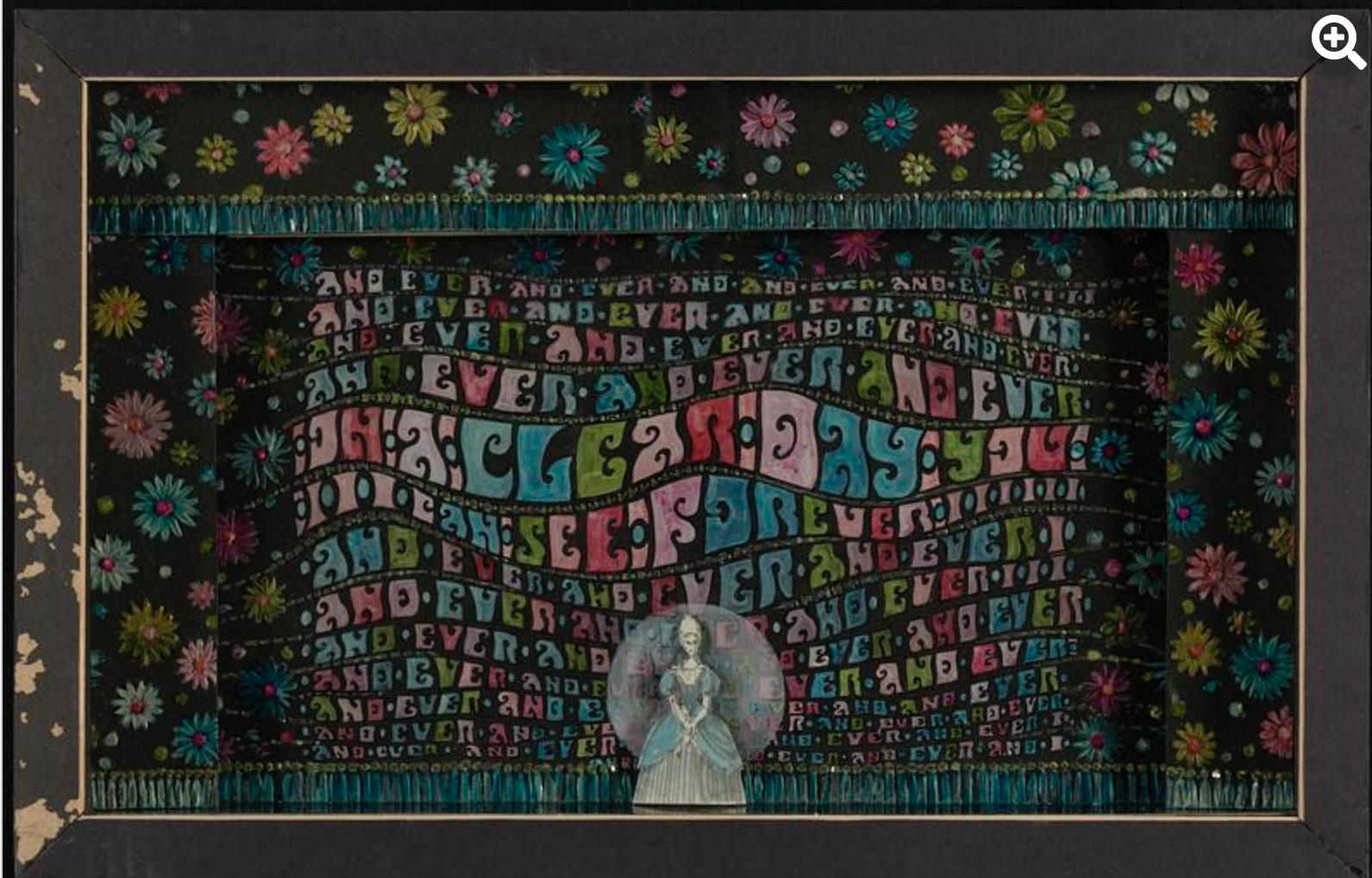-

A website created to document happenings in Harlem from 1915 to 1930. Includes events such as sports games, crimes, nightlife, and churches. The interactive map lets you see the expansion of “Black Harlem” and visually presents other information along with detailed descriptions and timelines.
-

The website has who, what, where, and how many when talking about Black people in the mormon church. they have many people that have worked on this site. They have got two awards. one in 2021 and the other one in 2022. Lastly, this site shows the history of black people who became mormon and the church.
-

A digital collection consisting of databases, blogs, archives, and projects uplifting Black Womens’ voices and histories. The project expands gender and racial bounds through radical political activism. Created by Black Women Radicals (BWR), which is a black feminist advocate group.
-
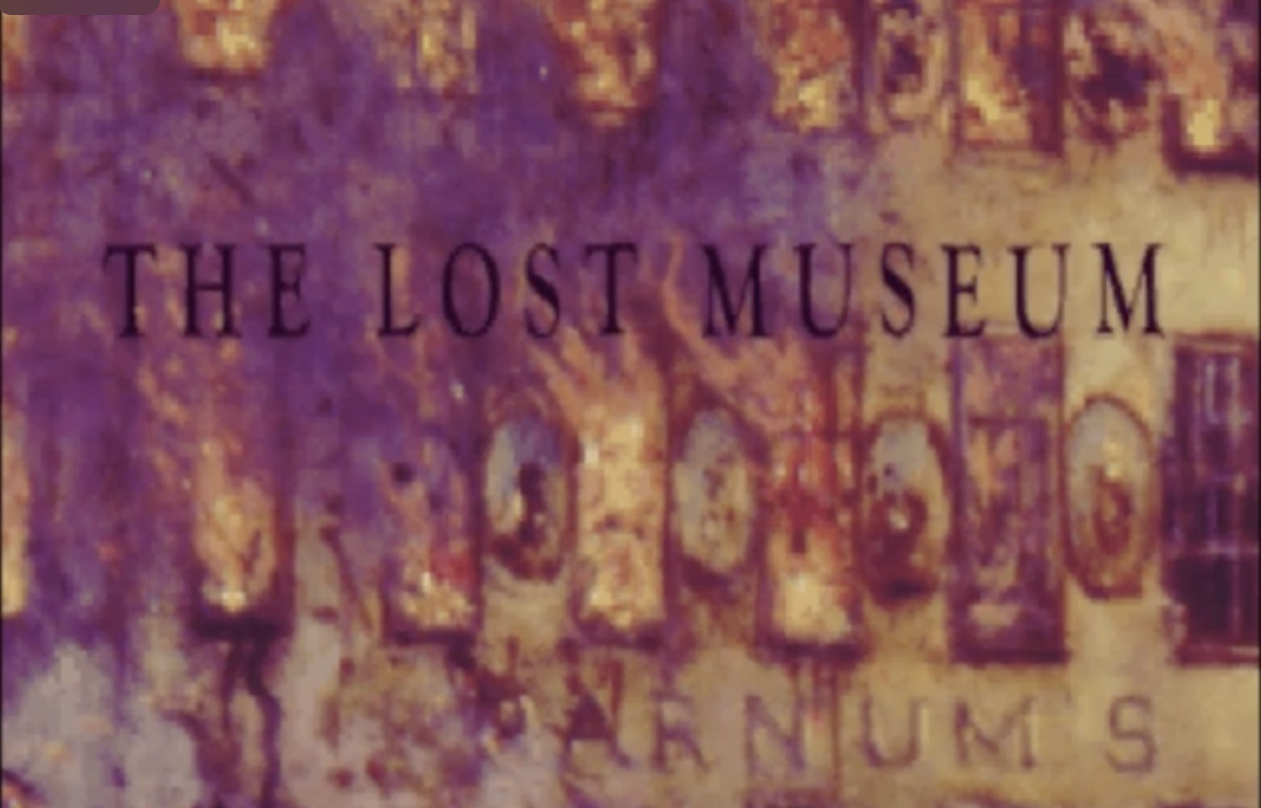
The video explains through descriptive audio and pictures how Barnum's American Museum opened in 1841 in New York City, in no time became the most visited place in America but was destroyed in July 1865. It then shows the effects of this damage through animated pictures, music, and no descriptive audio.
-

Undergraduate and graduate students work with specialists in Haitian culture, history, and language on projects with Duke University's expertise across disciplines and schools. The Haiti Lab is also a resource for media outlets seeking to gain knowledge of Haiti.
-

Mapping Marronage provides interactive maps to follow the route of a select number of enslaved African Americans through their movements and connections during the eighteenth and nineteenth centuries. The website provides visuals for “Flights” which depict the route one took to escape enslavement, and “Networks” which provide archived data on the connections these individuals made via letters, files and records, and other logged information.
-
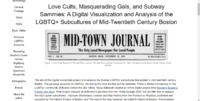
An interactive source that details the experiences and perception of LGBTQ+ individuals in the Boston Newspaper in the mid-twentieth century.
-

The goal of the Women Writers Project is to revisit pre-Victorian texts, written by women. The research project dedicates itself to text encoding, accessibility to a variety of audiences, and electronic texts.
-

It is a digital interactive map of Augustan Rome, when you click on certain highlighted spots on the map, you can access information about the location during A.D. 14. There are a few articles about the time period and a directory that can be used for easier access to a specific location. There's also an option to filter by physical feature types.
Description - It is a digital interactive map of Augustan Rome, when you click on certain highlighted spots on the map, you can access information about the location during A.D. 14. There are a few articles about the time period and a directory that can be used for easier access to a specific location.
-
-
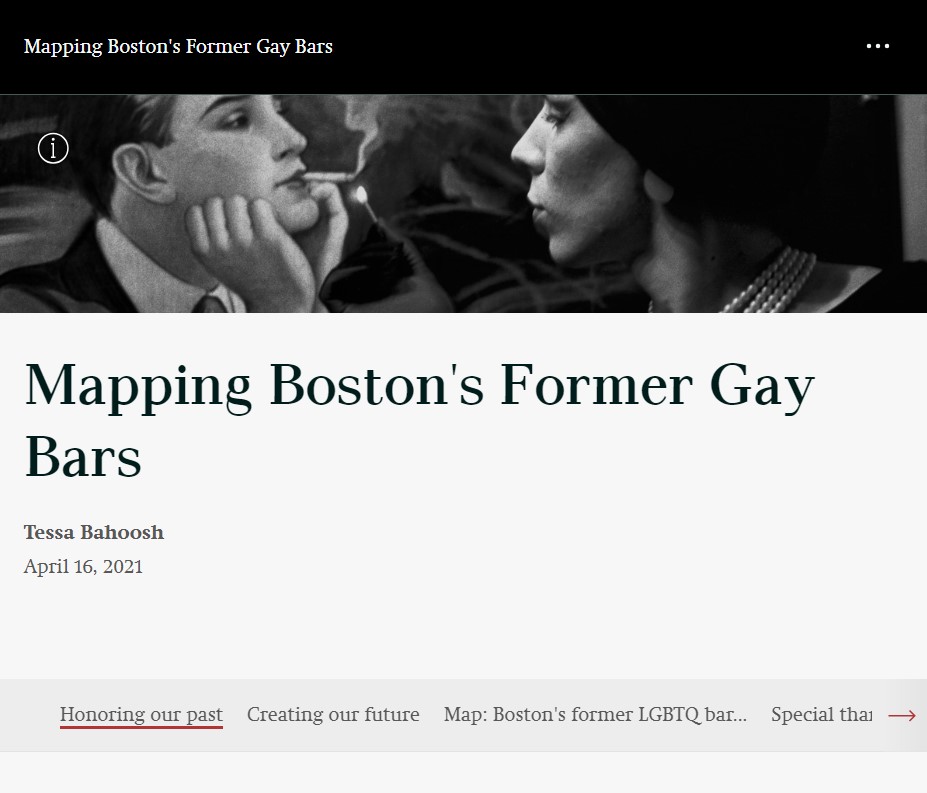
This project maps LGBTQ bars and clubs from the 1920s to the 2020s. It features an interactive map of Boston with information of each location displayed after clicking on each pin.
-
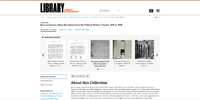
A collective archive of first-person accounts of slavery with 500 photographs of former slaves collected from the 1930's.
-

Largest collection of Mexican Cookbooks
For digitized Mexican cookbooks, visit Digital Collections.
-

Photo of Roslindale square In Boston,MA
-
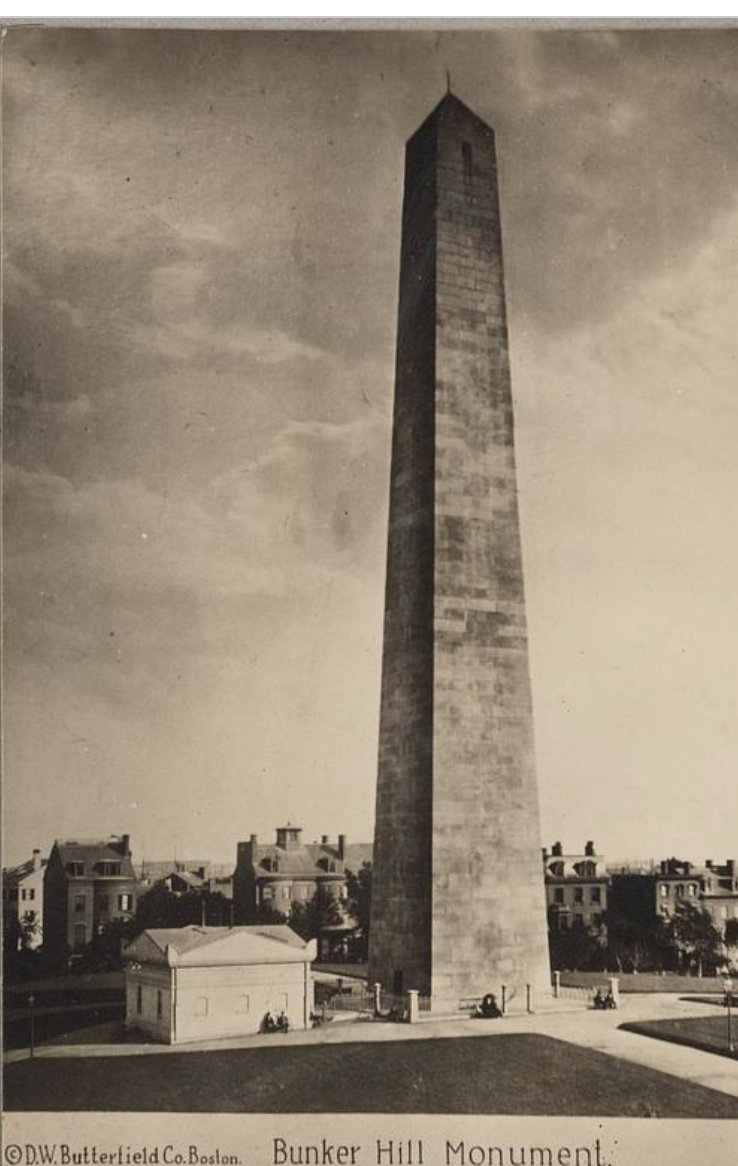
The source is an image of the bunker Hill monument which is showing respect to the battle of bunker hill where American patriots took on British soldiers in the first major battle of the war for independence. The American forces held off the British onslaught of soldiers for 2 assaults before the British would finally make it to the fort and melee battle would ensue forcing the Americans to retreat and the British victorious with heavy casualty.
-
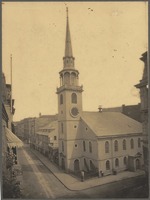
The Old South House meeting House, Also known as the Old South Church. Its located at the corner of Milk and Washington Street in Downtown crossing, it was built in 1729.
-
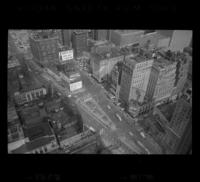
Aerial View of Times square taken circa 1944
Taken 1 negative : film, black & white ; 35 mm
-
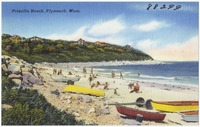
This is Priscilla Beach, located in Plymouth, Massachusetts. It is in the format of a postcard.
-
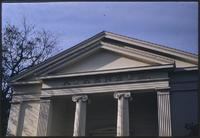
A picture of the sign on the front of the Nantucket Library, also known as the Nantucket Atheneum, located in Nantucket Massachusetts.
-

Image of a cat lounging on a stained-glass window.
-
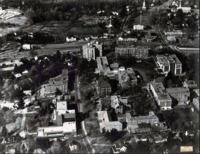
A bird's eye view of Framingham State University in 1976
-
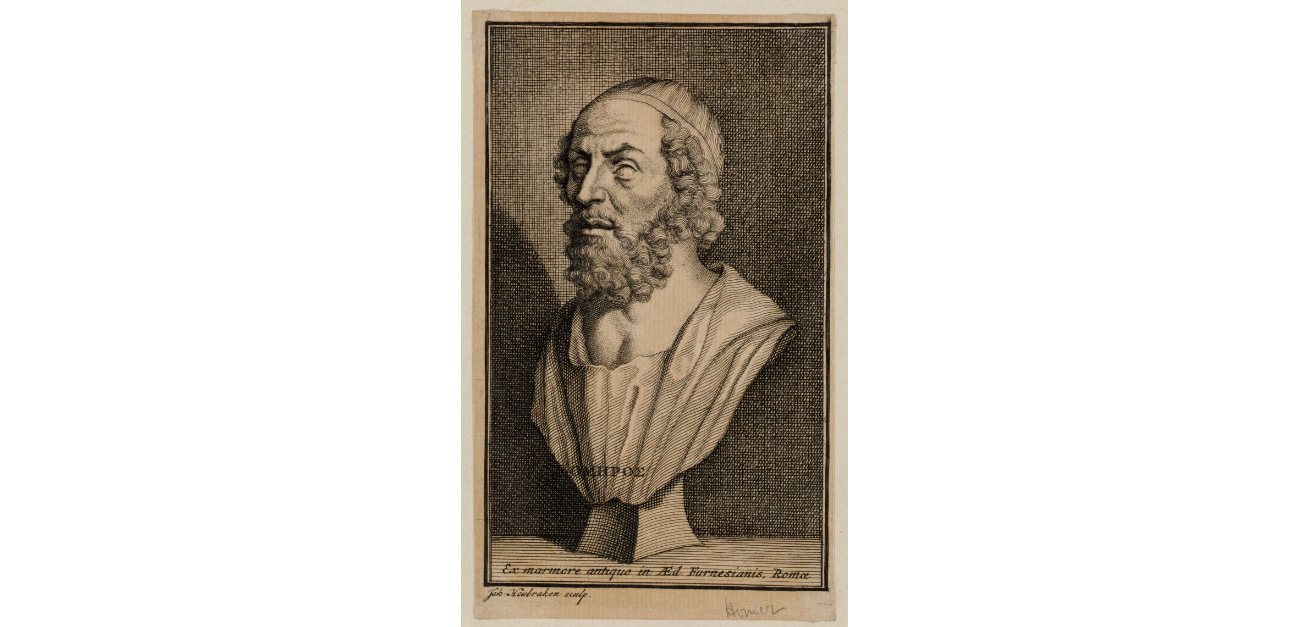
This item here is an illustration of a bust of Homer, famous Greek poet. It displays him with his iconic curly facial hair, a lose covering, and cap. The drawing is done in great detail with what appears to be pencil or pen. - Justice Barriere
-
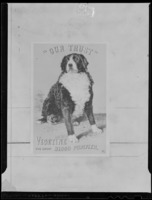
An advertisement for "'Our Trust' Vegetine, the great blood purifier" for dogs.
-

Russell, Bill stepping out of car plus signed backing.
-
